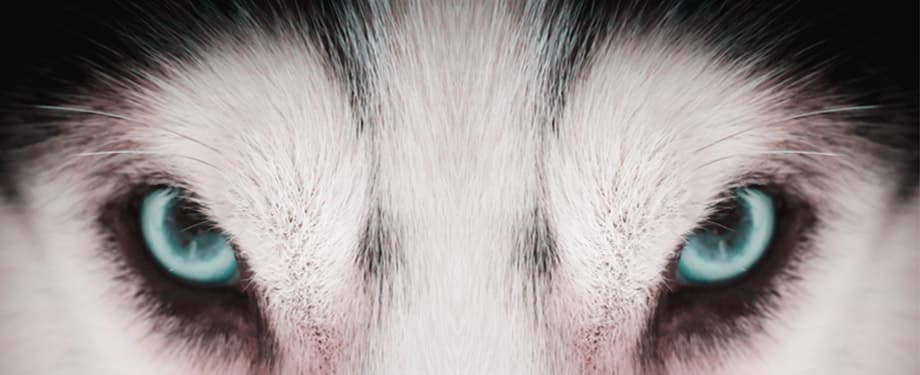
Have you ever wondered how the big bad wolf became the lovely little pooch in your lap?
Humans and dogs, or at least one of the first ancient versions of them, first met in the good old Eurasia and had a surprisingly peaceful coexistence. The ancient humans had a primal connection to nature and they strongly believed that the wolves, although being predators, didn’t pose them any (well, not too much) harm. You see, the wolves back then weren’t apex predators, but rather mesopredators that fed on smaller animals and were a bit further down the food chain.
Domestic dogs aren’t wolves and they aren’t even that close to the modern-day wolf, genetically speaking. They have, however, evolved from the same ancestor (if you’re more into the proper scientific facts, it would be called the Late Pleistocene wolf) that lived 27 – 40,000 years ago. Speaking of <em>genetic divergence</em> (sorry, had to use at least one fancy phrase) – the evolution of the ancient wolf – happened relatively quickly so it is hard to date it more accurately.
Evolving wolves encountered a rough patch (during the Last Glacial Maximum) that caused a great reduction in their population. A single population that corresponds to the modern-day wolf, recovered, became stronger, and when venturing out to repopulate, replaced the remaining ancient wolf populations in Eurasia and North America. Slowly, but surely, they have evolved to the apex predator we know today.
Another population originating in southern East Asia, however, adapted to their environment differently – they gained coat color genes that related to immunity and allowed them to adapt to high-altitude environments. Further adaptations to their different environments and them hanging out with us created the beginnings of a multitude of dog breeds that we know and love.,
Although the genetic road separating wolves and dogs happened around that time, the domestication happened later (around. 15,000 years ago) when people transformed into a hunter-gatherer society and started with the domestication of other animals as well. So, well before we started with agriculture and domestication of sheep, goats, etc. Surprisingly, dogs are the first species and the only large carnivore to be domesticated. Where exactly the first wave of domestication occurred is unknown, but by the last ice age, five main diverse lineages could be distinguished. The details, as you can see, are still sketchy and we may never know them, but that’s the main idea behind it.
But how did we really tame the wild beasts? Did we really take their babies and make them dependent on us? Maybe. But you’ve heard about Darwin’s “Survival of the fittest” theory, right? Alternatively, when it comes to the domestication of dogs, there is a more interesting theory suitably named “Survival of the friendliest”. The friendliest, timidest, and cutest of the bunch had a disadvantage when approaching human settlements and could enjoy the positives it brings (who would say no to free food that you didn’t have to catch yourself and don’t get us started on the cuddles). In a way, you could say we haven’t domesticated the ancient wolf, but they have self-domesticated. It all started with history.
That is a theory we wouldn’t mind standing behind. *awoooo*